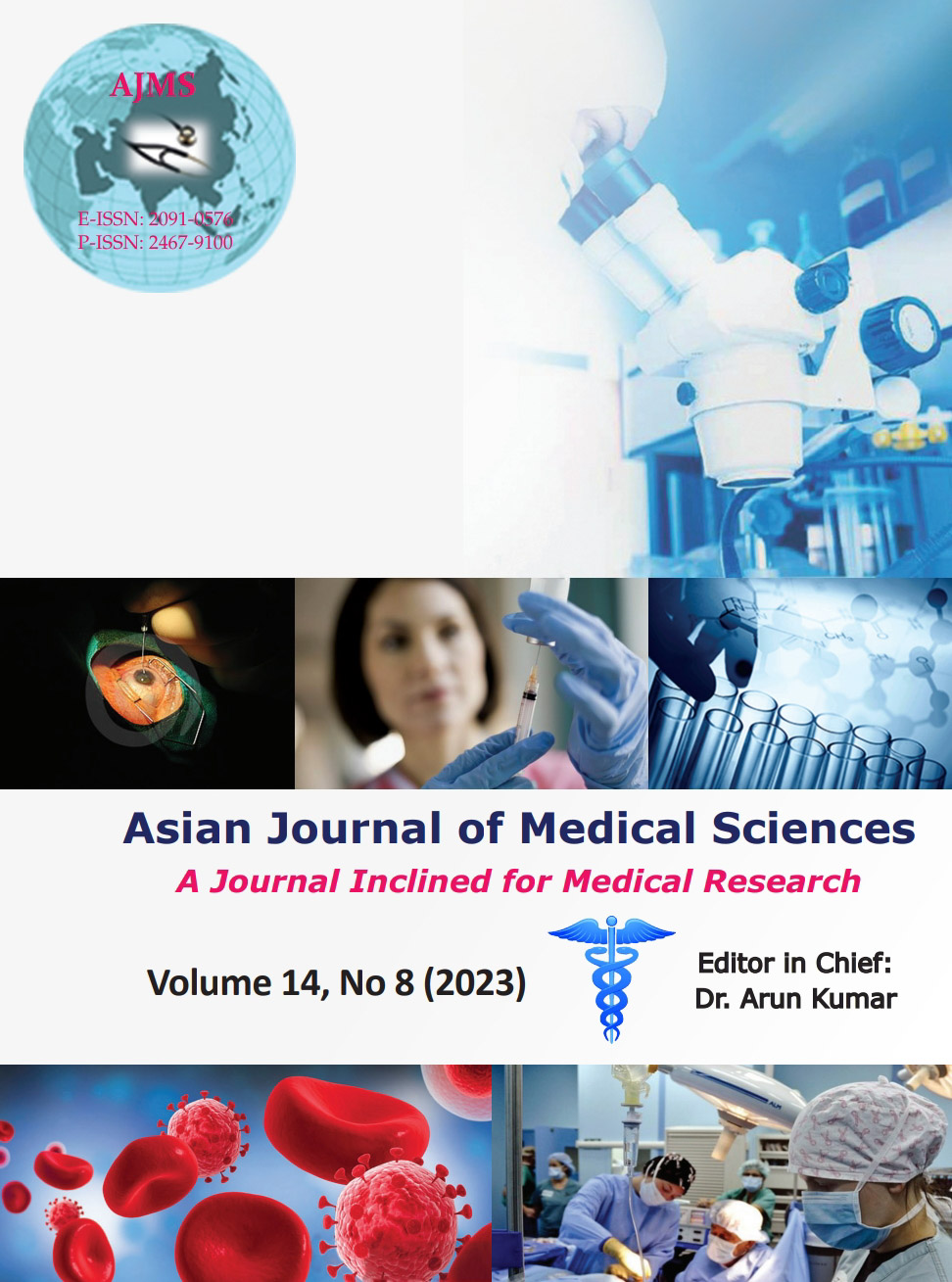Effect of Carica papaya raw fruit extract using in vitro rat uterus preparations
Keywords:
Carica papaya; Oxytocin; Rat uterusAbstract
Background: Uterine stimulants are medications used to induce/augment labor, induce abortion, and to prevent postpartum hemorrhage. Currently, available drugs carrying adverse effects, hence the present study is designed to study the effect of Carica papaya raw fruits extract in comparison with oxytocin using in vitro rat uterus preparations.
Aims and Objectives: Primary and secondary aims of the present study were to evaluate the uterine stimulant effect and also the potency of C. papaya fruit extract using in vitro rat uterus preparations in comparison with oxytocin.
Materials and Methods: A total of 6 female rats were taken and anesthetized with ether. By giving midline incision at abdomen from pubic symphysis, two horns of uterus were identified and collected from each rat. Uterus of each rat was subjected to Oxytocin 0.32 IU (standard), alcoholic extract of C. papaya 0.32 mg (AECP), and combination of various doses of AECP (0.64 mg, 1.28 mg, and 2.56 mg) and a fixed dose of Oxytocin (0.32 IU). Using Sherrington’s kymograph, the uterine responses of each drug and combinations were studied in terms of height of the graph.
Results: The mean contraction of uterus was 6.55mm and 2.26 cm, when Oxytocin (0.32 UI) and AECP (0.32 mg) injected, respectively. When combination of Oxytocin and different doses of AECP was injected, the uterus has shown dose-dependent response, i.e., 7.13 cm (Oxytocin 0.32 IU +AECP 3.2 mg), 8.08 cm (Oxytocin 0.32 IU + AECP 6.4 mg), and 9.01 cm (Oxytocin 0.32 IU + AECP 12.8 mg).
Conclusion: AECP has shown dose-dependent uterine stimulant effect. Further studies are required to find out the possible mechanism behind the uterine stimulant activity of AECP.
Downloads
Downloads
Published
How to Cite
Issue
Section
License
Copyright (c) 2023 Asian Journal of Medical Sciences

This work is licensed under a Creative Commons Attribution-NonCommercial 4.0 International License.
Authors who publish with this journal agree to the following terms:
- The journal holds copyright and publishes the work under a Creative Commons CC-BY-NC license that permits use, distribution and reprduction in any medium, provided the original work is properly cited and is not used for commercial purposes. The journal should be recognised as the original publisher of this work.
- Authors are able to enter into separate, additional contractual arrangements for the non-exclusive distribution of the journal's published version of the work (e.g., post it to an institutional repository or publish it in a book), with an acknowledgement of its initial publication in this journal.
- Authors are permitted and encouraged to post their work online (e.g., in institutional repositories or on their website) prior to and during the submission process, as it can lead to productive exchanges, as well as earlier and greater citation of published work (See The Effect of Open Access).




